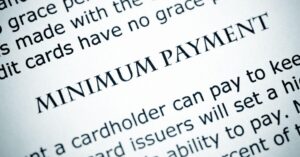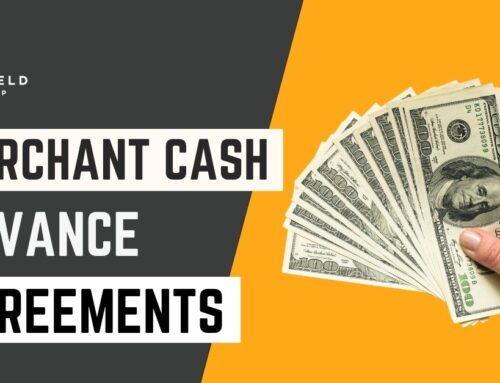Debt has become a regular feature of many people’s financial lives, especially in the United States. While it is frequently regarded as a natural part of adulthood or even a rite of passage, it is critical to recognize the consequences of having too much debt.
Statistics show that a sizable portion of Americans are in debt. More than 80% of adults are believed to be in debt, ranging from student loans and credit card obligations to mortgages.
So, while having some debt is normal, can you have too much debt? And if so, how much credit card debt is too much?

Good Debt Vs. Bad Debt
Many people feel that all debt is bad, although this is not totally accurate. Certain sorts of debt, however, can be helpful. Let’s explain what “good debt” and “bad debt” mean.
Good debt refers to loans that you may responsibly manage and that may improve your financial status. This debt often helps improve your credit score and can lead to future financial rewards. Here are some common instances:
- Mortgage
- Student Loans
- Auto Loans
Bad debt is difficult to repay or does not generate a return on investment. This form of debt has a detrimental impact on your credit score and financial stability. Examples include:
- Credit Cards
- High-Interest Loans
Understanding the difference between good and bad debt is crucial for making informed financial decisions. While some debt can help you build wealth and improve your credit, other types can lead to financial hardship. It’s essential to manage your debt wisely for a healthier financial future. Now that we know that there is a difference between good debt and bad debt, let’s answer the big question: how much credit card debt is too much?
How Much Credit Card Debt Is Too Much?
The concept of “too much” debt varies according to individual circumstances. While having no debt sounds desirable, avoiding unneeded debt wherever feasible is best because it represents responsibilities that can limit financial freedom. Fortunately, credit cards frequently feature grace periods that allow you to carry a debt without paying interest if you pay off your statement on time.

Signs of Excessive Credit Card Debt
When you struggle to make the minimal payments on your credit cards, you may have too much debt. This can result in late penalties, and payments that are 30 days past due can negatively influence your credit score.
Even if you complete your payments on time, you should be aware of warning signals that suggest you are nearing a dangerous level of credit card debt:
- You’ve maxed out one or more credit cards.
- Your funds are growing each month.
- You are merely making the minimum payments.

Now that you realize how much credit card debt is too much, it may be time to reassess your financial situation and make the necessary changes.
If you are battling credit card debt or other financial issues, you should get help. At Gershfeld Law Group, we are here to help you navigate your alternatives and create a strategy personalized to your specific circumstances. Please do not hesitate to contact us if you need assistance or expert advice on how to manage your debt successfully. Your financial well-being is our top focus!






